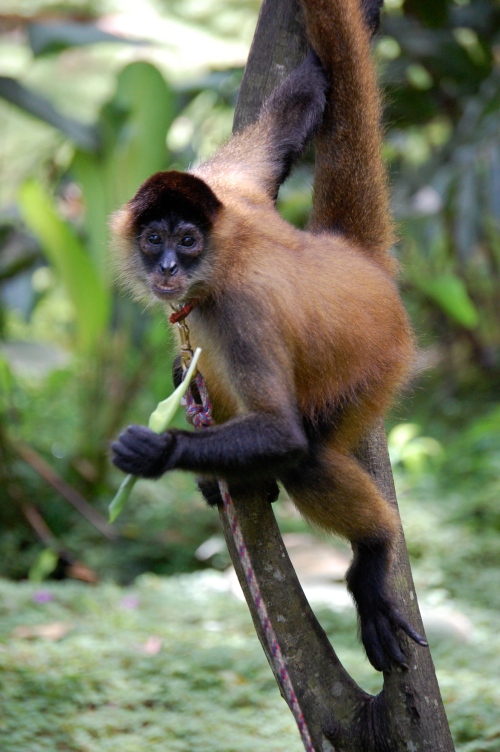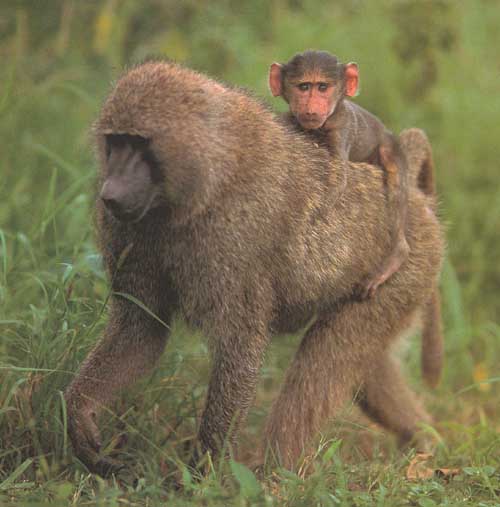High altitude affects the survival of humans negatively because even though high altitude and the sea level have the same percentage of oxygen, high altitude’s air pressure is 30% lower because the atmosphere is less dense. This means, that the air molecules are farther apart. At high altitudes, since the air pressure is lower it makes it more difficult for oxygen to enter our vascular systems and the result of this is hypoxia or oxygen deprivation. Hypoxia usually starts with not being able to do normal physical activities such as climbing a set of stairs. There can also be a lack of appetite, distorted vision, and difficulty with memorizing and thinking clearly. In some serious cases, high altitude can lead to a fatality if the person cannot acclimatize correctly. This environmental stress negatively affects the survival of humans because our body is not equipped to handle such drastic climate changes. Our body is more susceptible to health problems in higher altitudes because of the fall in atmospheric pressure.
Our bodies do a short-term adaptation to high altitudes by acclimatizing itself. Acclimatization is where our bodies produce more red blood cells and capillaries to carry more oxygen. Our lungs will increase their size to facilitate osmosis of oxygen and carbon dioxide. The vascular network of muscle, which enhances the transfer of gases, also increases.
A facultative adaptation that our bodies do when going into higher altitudes is producing more hemoglobin to carry oxygen throughout our bodies. In order to do this you would need to take iron capsules. Iron produces hemoglobin. In doing this you are helping your body acclimate to high altitudes by not stressing the body to much to produce more blood cells and capillaries to carry the oxygen.
Humans that is more likely to be able to develop in a high altitude area better than most is someone whose ancestors have lived at high altitudes for thousands of years. Since some peoples ancestors lived in high altitudes for so long, they are usually genetically more suited for the stresses at high altitudes. The solution for the Indians in the high mountain valleys of Peru Bolivia
There is considerable variability between individuals and between populations in their ability to adjust to the environmental stresses of high mountain regions. Since some peoples ancestors lived in high altitudes for so long, they are usually genetically more suited for the stresses at high altitudes. The solution for the Indian in the high mountain valleys of Peru Bolivia
A cultural adaptation that many people who climb or hike to higher altitudes for enjoyment or to conquer a goal they have set for themselves, have started using oxygen tanks. The oxygen allows them to climb to higher altitudes without experiencing severe hypoxia symptoms. It also helps the body to not work as hard to produce more red blood cells and capillaries to carry more oxygen.
One of the benefits of studying human variation from this perspective across environmental clines is that, researchers believe that people generally live longer at high altitudes and have a lower risk of dying from coronary artery disease. This positive effect occurs unless people have chronic breathing problems. The researchers speculated that mild hypoxia improves the way the heart functions and produces new blood vessels that increase blood flow for the heart. Another explanation is that increased exposure to ultraviolet radiation from the sun at higher altitudes might increase the body’s ability to produce vitamin D, which has beneficial effects on the heart.
I wouldn’t use race to understand the variation of the adaptations.








